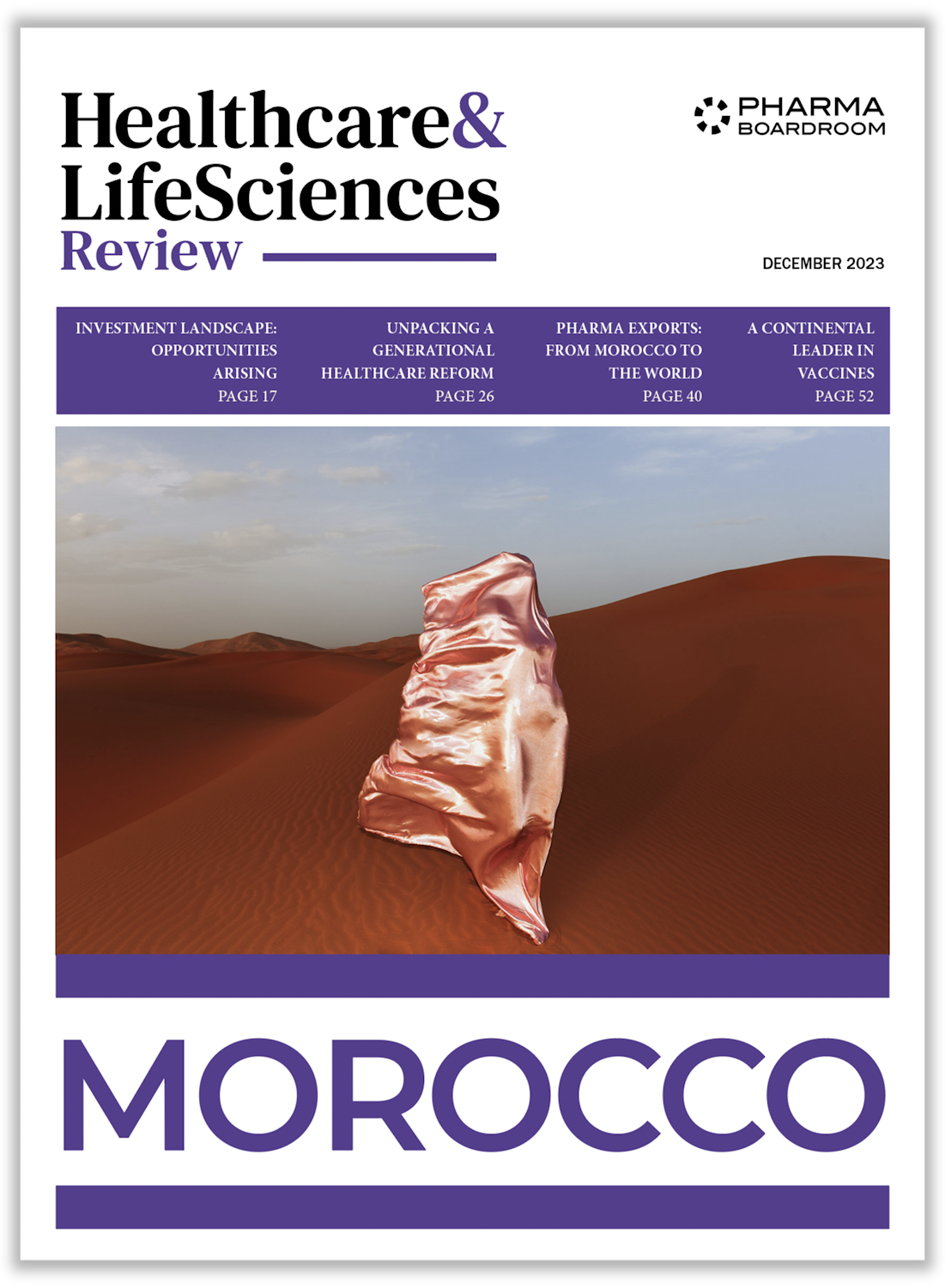The COVID-19 pandemic and the subsequent struggle to obtain vaccines shone a harsh light on Africa’s reliance on pharma exports. As a McKinsey study notes, there were only around 375 pharmaceutical manufacturers in Africa in 2019, compared to 5,000 in China and 10,500 in India. However, some of the continent’s most important pharma companies in its most developed markets are now attempting to remedy this imbalance through ‘in-Africa, for-Africa’ strategies.
One such outfit is Cairo-based EVA Pharma. Building on its historic roots in branded generics, the firm has established an in-house R&D footprint focusing on incremental innovations and has made some big recent investments in facilities in both Egypt and Saudi Arabia. Now the largest Egyptian pharma company and the second biggest player in the entire Egyptian market, CEO Riad Armanious has laid out a bold Africa-first plan for EVA Pharma’s future.
[Africa] is a diverse and fragmented continent with many different ethnicities, religions, and indeed diseases that need solutions
He explains, “We are trying to be a pan-African company and, while we already have a presence in Western Europe and the Middle East, we see the biggest opportunity in Africa. This is a diverse and fragmented continent with many different ethnicities, religions, and indeed diseases that need solutions.”
Armanious continues, “There is a lot of work to be done here and a lot of room for impact. We have significant manufacturing capabilities, with three big plants that can produce oral solids, injectables, beta-lactam antibiotics, and soft gelatine capsules, as well as soon-to-be-concluded capabilities in vaccines, fill-finish, and active pharmaceutical ingredients (APIs). Our operational capabilities and the fact that many are concentrated within single sites not only reduce medicine costs, but also cut lead times in making them available in this part of the world.”
Trial and Error
Armanious is also optimistic that framework conditions are in place for greater numbers of clinical trials – a crucial component in pharma R&D and access to innovation – to be held in Egypt and Africa moving forward. He points out that “The whole mindset of the country has shifted and there are now many more opportunities for collaboration and development. An important component that was previously absent is the new clinical trial law, which was delayed until a few months ago. However, even before this law was enacted EVA Pharma was a leading participant in a consortium conducting a Phase I trial for a COVID vaccine, the first ever vaccine to be developed in Egypt.”
Warming to his theme, Armanious adds that “Additionally, the 2019 formation of the Egyptian Drug Authority (EDA), which now regulates clinical trials, is significant. The EDA sets the rules for the conduct of clinical trials and has clarified the process of securing preclinical approval, thereby opening the path for innovative science to move from lab to patient.”
“Following the successful completion of the aforementioned Phase I trial of our COVID vaccine, we – along with the rest of the consortium – are now moving into a pivotal trial. Historically, clinical trials have had a negative stigma attached to them in Egypt and across Africa, but we are seeing a shift in attitudes, not least among our political leaders who acknowledge the need for in-country science and innovation.”
Africa-Specific Ailments
While Armanious admits that “the commercial case that this COVID vaccine represents is unclear,” he does posit that “it opens a path for us to develop other vaccines, including for many of the diseases that afflict Africa but not the West. For these diseases we need local action, local regulations, and local processes. As a contrast to COVID, the Ebola virus – which predominantly affected African countries – was discovered 56 years before a vaccine was developed and Western companies only moved on the disease when three Americans contracted it.”
Expanding on EVA Pharma’s Africa-focused research activities, Armanious adds that “Our research centre focuses on translational science in three areas: multiple drug resistant organisms (MDROs), which are a big problem in Africa and anywhere antibiotics are easy to get; oncology immunotherapy; and non-alcoholic fatty liver disease (NASH),” he states.
“Egypt and its neighbouring countries have a big population with NASH as obesity and diabetes is rampant in this part of the world. Given that Egypt prides itself on the work it has been able to do around Hepatitis C via the ‘100 Million Healthy Lives’ initiative, NASH is a logical next target, as the complications from both diseases are similar.”
Fighting Fragmentation
One challenge all companies operating in Africa face is the continent’s high level of regulatory fragmentation, with significant disparities in access timelines within and between countries. Armanious notes that “Currently, Africa’s fragmentation makes it a tough case for global players to make life-saving medicines available in a timely manner.”
However, recent developments around the creation of an African Medicines Agency (AMA) based in Rwanda should, in his view, “help standardise regulations and allow for better access to more African markets… Europe finds a lot of value in having the European Medicines Agency (EMA) and for a continent like Africa with a lower level of resources, this kind of organisation should be even more impactful.”
Partnering Up
The final piece of the puzzle in EVA Pharma’s ambitious Pan-African transformation will be manufacturing and access alliances. Armanious opines that “Local players can have an important role in flexible pricing and financing negotiations, while international actors including logistics firms will be important for transporting biologics medicines via cold chain.”
He adds, “Already, EVA Pharma has various global collaborations in place for manufacturing and increasing patient access to life-saving medicines for diabetes and other speciality medicines fulfilling the needs of patients in low- and middle-income countries.”



